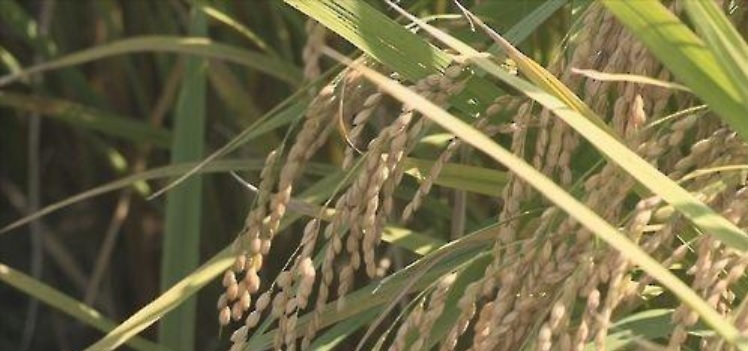The World Trade Organization will allow South Korea to keep a 513 percent tariff on imported rice next year, the agriculture ministry said Tuesday, a move that could help protect the rice market of Asia's fourth-largest economy.
The move came after South Korea reached deals with five rice exporters -- the United States, China, Australia, Thailand and Vietnam -- to end a process meant to verify whether South Korea's high tariff is appropriate.
 |
(Yonhap) |
The five countries, which had taken issue with South Korea's high tariff in 2014, are set to send letters to the global trade body to inform it that the issue has been resolved.
The Geneva-based trade body is expected to finalize South Korea's 513 percent tariff on imported rice as early as January, according to the Ministry of Agriculture, Food and Rural Affairs.
Under the measure, South Korea will be able to keep a 513 percent tariff on imported rice for quantities outside the quota of 408,700 tons of annual rice imports.
South Korea has been imposing a 513 percent tariff on imported rice since 2015.
The system of tariff-rate quotas -- in which South Korea imposes a five percent tariff -- is meant to provide minimum market access.
Under the quotas set to take effect on Jan. 1, 2020, South Korea's imports from China will come to 157,195 tons of rice, followed by 132,304 tons from the US, 55,112 tons from Vietnam, 28,494 tons from Thailand, 15,595 tons from Australia and 20,000 tons from other countries.
Rice is a key staple food for Koreans, but its consumption has been on a steady decline in recent decades due mainly to changes in diet and eating habits.
Per capita average annual rice consumption hit a record low of 61 kilograms in 2018, compared with a record high of 136.4 kg in 1970, according to Statistics Korea. (Yonhap)








